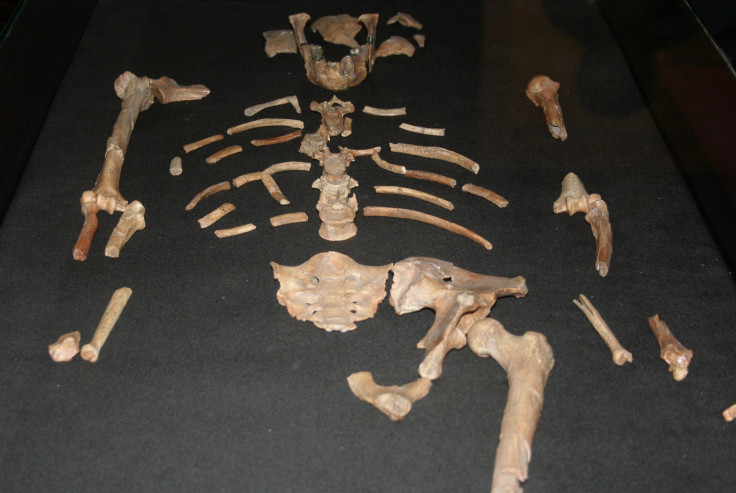Sex Evolution: Ancient Human Ancestor 'Lucy' Could Have Been Polygynous, Study Suggests

'Lucy,' the ancient early human relation, may have shared her male mate with other females, according to recent research.
Researchers from Universities in Italy and Tanzania discovered that Lucy’s fellow species might have been polygynous, according to their findings that were published Wednesday in eLife Sciences.
Lucy was one of the earliest descendants of the human species, at 3.2 million years, and belonged to a group of upright-walking beings known as Australopithecus afarensis. The species was said to have lived in East Africa anywhere from 2.9 million to 3.8 million years ago.
The research team, including Marco Cherin, Giovanni Boschian, Giorgio Manzi and Fidelis T Masao, among others, observed the northern area of Tanzania, Laetoli were recently discovered footprints gave way to clues that suggested Lucy and fellow hominins were polygynous, Live Science reported Wednesday.
The recently excavated, fossilized footprints (the first were discovered around the same area known as site G in 1978) date back 3.66 million years are now thought to belong to two A. Afarensis members. The location where the most recently uncovered footprints were found is now dubbed site S.
A leading author of the study, Fidelis Masao, and the team were able to determine that one of the prints belonged to a male and that the others belonged to a female, which was determined by the differences in size between the sets prints. The researchers were able to gauge the full size and weight of the two members. Males were significantly larger than the females, and this male was believed to have been around 5-foot-6, while the female was likely about 4-foot-10. The difference in size between the sexes is important to note, as prior research has suggested that polygynous groups, could have included larger males, an evolutionary trait that developed when males attempted to win the attraction of other female mates.
The new prints, when compared with the older prints found in 1978, lead to the “tentative conclusion” that a group of A. Afarensis members could have been traveling through the area together, Live Science reported. The group, one researcher considered, could have been comprised of "one male, two or three females, and one or two juveniles."
The newly discovered sets of prints leave the researchers optimistic that more fossilized, or ichnofossils, could still be uncovered in the area, giving way to more clues about the hominins’ lives.
“For me, the most important implication is that the area might harbor more ichnofossils – knowledge that could be used to solve many problems regarding different aspects of hominins,” Fidelis Masao, the leading author of the study and a paleolithic archaeologist at the Tanzanian University of Dar es Salaam, told Live Science.
© Copyright IBTimes 2025. All rights reserved.





















